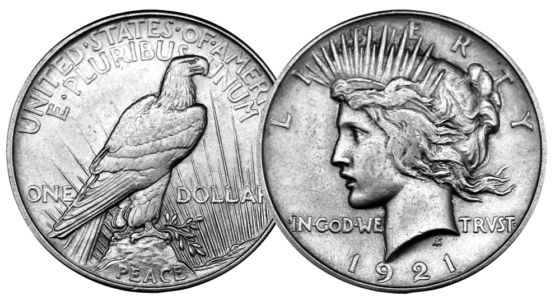
Even though inflation is a hot topic these days, it’s been around forever. Not all prices rise at the same rate, though, so it’s fun to see what prices were like generations ago.
By looking at prices from way back when, it’s easy to see how the cost of living has changed. Here’s what you could buy with a dollar in the 1920s.
Movie Tickets (For the Whole Family)
In 1920, a movie ticket cost about $0.15, so you could take the whole family — Mom, Dad, and four kids — and still not spend a dollar. You could have seen such classics as “Dr. Jekyll and Mr. Hyde,” “The Phantom of the Opera,” or “The Hunchback of Notre Dame.” The was one thing you wouldn’t get at the movies in the early 1920s, though — sound. The first talking movie, “The Jazz Singer,” came out in 1927.
A Vinyl Record
In 1920, a vinyl record cost about $1. Most people listened to music on the radio at that time, however, since the gramophone required to play that $1 record cost about $30 — too much for many people at the time.
A Restaurant Meal (For Two)
In 1920, you could feed two people at a diner for about $0.70 total, so a slightly higher end meal for two might set you back the entire dollar.
Three Gallons of Gas
In the 1920s, a gallon of gas cost about $0.30, so you could get three gallons for about a dollar. If you drove a Ford Model T, that meant you could drive about 75 miles, since the cars got about 25 miles per gallon. With speed limits at the time capped at 30 miles per hour, you could have a nice two-and-a-half-hour Sunday drive for a dollar.
Groceries
In the 1920s, you’d pay about $0.39 per pound for chicken at the market, so your dollar would get you about two and a half pounds. Round steak was about the same price, at $0.40 per pound.
Ham was slightly cheaper, at $0.25 per pound, so your dollar would get you four pounds. If you opted for fish, fancy lake trout was about $0.22 per pound, so you’d get nearly five pounds for that same dollar.
Your dollar would get you two pounds of coffee, at $0.47 per pound, or two dozen eggs at $0.47 a dozen. Bread was $0.12 for a one-pound loaf, so you could get eight loaves of bread for a dollar. Butter to put on your bread would cost about $0.70 a pound.
Clothes
In the 1920s, you could buy a pair of pajamas for $1.00, and a woman’s skirt for just a little bit more – between $1.20 and $1.75. You could have two men’s suits pressed for $1.00.
While these prices seem ridiculously low today, the cost of many household items dropped at the end of the 1920s and into the 1930s as the country fell into the Great Depression. And in the 1940s, as the world entered World War II, there were some items you couldn’t buy at all, regardless of the price. They just weren’t available.
Of course, wages have gone up as well since the 1920s, making some of these items as affordable now as they were then. And as inflation continues to drive prices higher still, as long as wages keep pace, consumers will be able to still afford them.
Written by Karen Doyle for Go Banking ~ May 5, 2024








